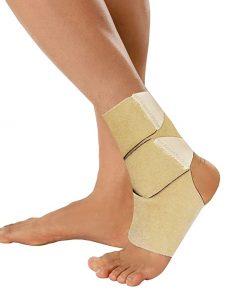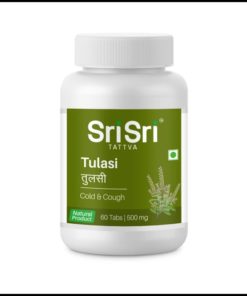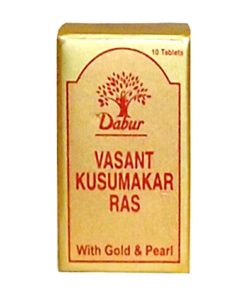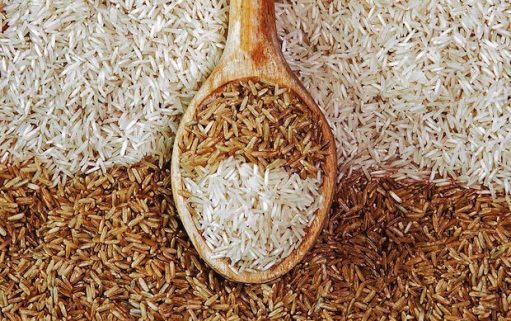-
×
 FLAMINGO Vein Stockings L
1 × 788.50 ₹
FLAMINGO Vein Stockings L
1 × 788.50 ₹ -
×
 Navratna Ayurvedic Cool Hair Oil 100ml
1 × 74.10 ₹
Navratna Ayurvedic Cool Hair Oil 100ml
1 × 74.10 ₹ -
×
 Setu Fish Oil Ultra-Pure, Marine Sourced Omega 3, 1000 mg, 60 Softgels for depression relieve
1 × 665.00 ₹
Setu Fish Oil Ultra-Pure, Marine Sourced Omega 3, 1000 mg, 60 Softgels for depression relieve
1 × 665.00 ₹ -
×
 Bontress Pro + Scalp Serum For Hair 60ml-Glenmark Pharmaceuticals Ltd
1 × 1,425.00 ₹
Bontress Pro + Scalp Serum For Hair 60ml-Glenmark Pharmaceuticals Ltd
1 × 1,425.00 ₹ -
×
 New hair 4u 2% solution-60 ml -Glenmark Pharmaceuticals Ltd
1 × 342.00 ₹
New hair 4u 2% solution-60 ml -Glenmark Pharmaceuticals Ltd
1 × 342.00 ₹ -
×
 Wings Hair Shield Anti Lice Cream Wash
1 × 65.00 ₹
Wings Hair Shield Anti Lice Cream Wash
1 × 65.00 ₹ -
×
 TYNOR Abdominal Support 9" as Compression Belt for Postoperative, Postpregnancy Aid and Waistline Reduction Meher Surgical (L)
1 × 611.10 ₹
TYNOR Abdominal Support 9" as Compression Belt for Postoperative, Postpregnancy Aid and Waistline Reduction Meher Surgical (L)
1 × 611.10 ₹ -
×
 TYNOR Universal Neoprene Ankle Wrap
1 × 436.50 ₹
TYNOR Universal Neoprene Ankle Wrap
1 × 436.50 ₹ -
×
 TYNOR Classic Knee Compression Stocking - Pair (Beige, Double Extra Large)
1 × 940.90 ₹
TYNOR Classic Knee Compression Stocking - Pair (Beige, Double Extra Large)
1 × 940.90 ₹ -
×
 TYNOR Wrist & Fore Arm support (Elastic Wrist Splint (E-01) Left, L)
1 × 310.40 ₹
TYNOR Wrist & Fore Arm support (Elastic Wrist Splint (E-01) Left, L)
1 × 310.40 ₹ -
×
 TYNOR Neoprene Knee Support Sportif - Large
1 × 679.00 ₹
TYNOR Neoprene Knee Support Sportif - Large
1 × 679.00 ₹ -
×
 TYNOR Pelvic Traction Belt - XXL
1 × 756.60 ₹
TYNOR Pelvic Traction Belt - XXL
1 × 756.60 ₹ -
×
 Tinfal Topical 10% Solution 60ml-Leeford Healthcare Ltd
1 × 688.00 ₹
Tinfal Topical 10% Solution 60ml-Leeford Healthcare Ltd
1 × 688.00 ₹ -
×
 DERMI 5 CREAM-UNIVERSAL TWIN LABS
1 × 39.00 ₹
DERMI 5 CREAM-UNIVERSAL TWIN LABS
1 × 39.00 ₹ -
×
 SRI SRI TATTVA Tulasi 500mg Tablet Pack of 2
1 × 172.80 ₹
SRI SRI TATTVA Tulasi 500mg Tablet Pack of 2
1 × 172.80 ₹ -
×
 Tugain Men 5% Solution 60ml-Cipla Ltd
1 × 869.00 ₹
Tugain Men 5% Solution 60ml-Cipla Ltd
1 × 869.00 ₹ -
×
 Dabur Vasant Kusumakar Ras with Gold and Pearl Tablet_DABUR INDIA
1 × 1,351.85 ₹
Dabur Vasant Kusumakar Ras with Gold and Pearl Tablet_DABUR INDIA
1 × 1,351.85 ₹ -
×
 TYNOR Clavicle Brace with Velcro
1 × 428.74 ₹
TYNOR Clavicle Brace with Velcro
1 × 428.74 ₹
Subtotal: 10,643.49 ₹

